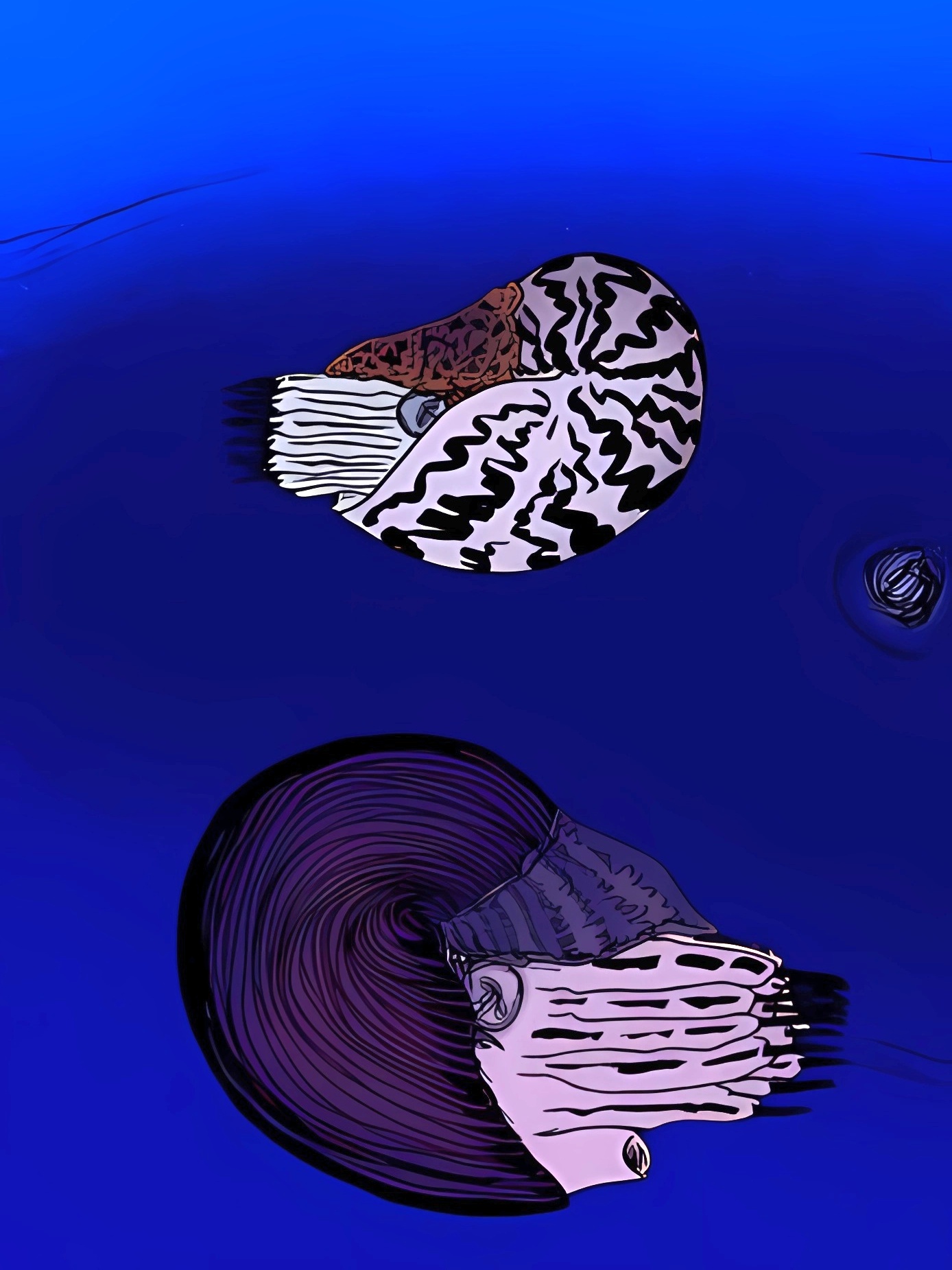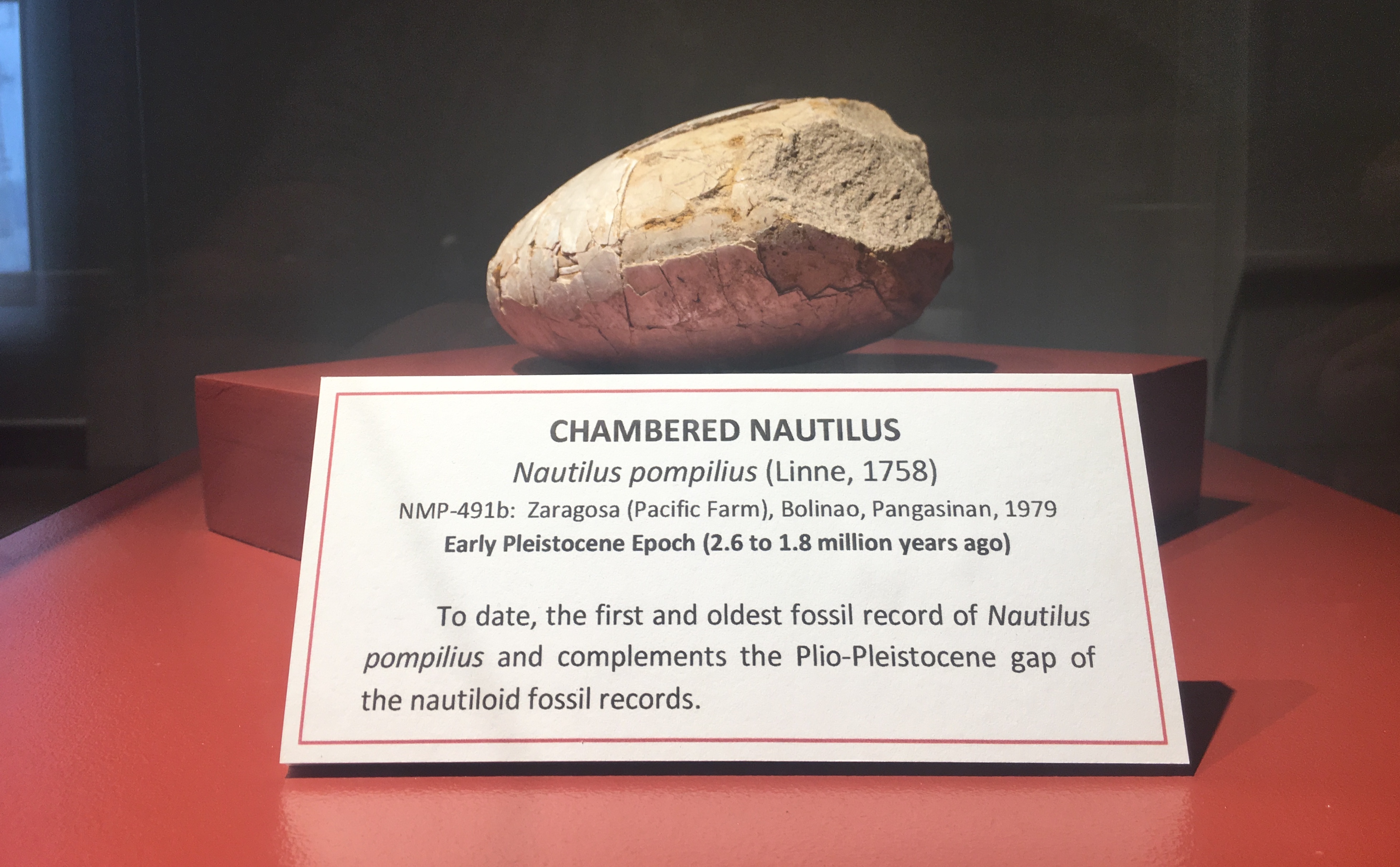|
Hoko River Formation
The Hoko River Formation is a Late Eocene marine sedimentary geologic formation. The formation is exposed in outcrops along the Strait of Juan de Fuca on the Olympic Peninsula in Washington state, USA. It is known for containing numerous fossils of crabs. It overlies the older Lyre Formation and underlies the younger Makah Formation. Geology and stratigraphy The Hoko River Formation consists of sediments deposited on the inner and middle slopes of a deep marine fan system. It is composed primarily of siltstones and some sandstones exposed under and to the south of the main Makah Formation outcrops along the Strait of Juan De Fuca. The type section, as designated by Parke Snavely ''et al.'', is a section which outcrops along the Hoko River, for which the formation is named, and a section which outcrops along Deep Creek. While the Hoko River formation overlies the Lyre Formation in many places, the two formations intertongue in others. The Makah and Hoko River format ... [...More Info...] [...Related Items...] OR: [Wikipedia] [Google] [Baidu] |
Branchioplax
''Branchioplax'' is an extinct genus of crab which existed in Alaska and Washington during the Eocene period. It was first named by Mary Rathbun in 1916, and contains ten species, including ''Branchioplax washingtoniana'' from the Hoko River Formation, ''Branchioplax carmanahensis'', and ''Branchioplax ballingi''.Page 319, ''Bulletin de la Société géologique de France'', Société géologique de France, 1959. References External links The Family Goneplacidae MacLeay, 1838 (Crustacea: Decapoda, Brachyura): systematics phylogeny and fossil records.''Branchioplax''at the Paleobiology Database The Paleobiology Database (PBDB) is an online resource for information on the distribution and classification of fossil animals, plants, and microorganisms. History The Paleobiology Database originated in the NCEAS-funded Phanerozoic Marine Pale ... Crabs Eocene crustaceans Eocene arthropods of North America Fossil taxa described in 1916 Taxa named by Mary J. Rathbun {{E ... [...More Info...] [...Related Items...] OR: [Wikipedia] [Google] [Baidu] |
Hoko River
The Hoko River is a river in the U.S. state of Washington (U.S. state), Washington. It originates in the foothills of the Olympic Mountains, and runs about to the Pacific Ocean through a rugged landscape that has been heavily Logging, logged. Its largest tributary is the Little Hoko River, which joins at river mile . The lower of the Hoko River is Estuary, estuarine. The Hoko watershed supports Chinook salmon, chinook, chum salmon, chum, coho, and winter Rainbow trout, steelhead, with over of stream miles that provide suitable spawning habitat. Because the Hoko River, like the nearby Pysht River, is brushy, full of snag (ecology), snags, and often carries tannin stained water, it is known as a "cedar creek". The name Hoko is of Makah people, Makah origin and refers to the large projecting rock at the river mouth. The Hoko River is the namesake of the Late Eocene Hoko River Formation, which was formally described in 1976 by Parke D. Snavely, Jr. et al from outcrops along the ... [...More Info...] [...Related Items...] OR: [Wikipedia] [Google] [Baidu] |
Portunidae
Portunidae is a family of crabs which contains the swimming crabs. Its members include well-known shoreline crabs such as the blue crab (''Callinectes sapidus'') and velvet crab ('' Necora puber''). Description Portunid crabs are characterised by the flattening of the fifth pair of legs into broad paddles, which are used for swimming. This ability, together with their strong, sharp claws, allows many species to be fast and aggressive predators. Taxonomy Swimming crabs reach their greatest species diversity in the Pacific and Indian Oceans. Portunidae consists of the following subfamilies and genera: ;Achelouinae ;Caphyrinae ;Carupinae ;Coelocarcininae ;Lupocyclinae ;Necronectinae ;Podophthalminae ;Portuninae ;Thalamitinae ;''incertae sedis or is a term used for a taxonomy (biology), taxonomic group where its broader relationships are unknown or undefined. Alternatively, such groups are frequently referred to as "enigmatic taxa". In the system of open n ... [...More Info...] [...Related Items...] OR: [Wikipedia] [Google] [Baidu] |
Fossil Record
A fossil (from Classical Latin , ) is any preserved remains, impression, or trace of any once-living thing from a past geological age. Examples include bones, shells, exoskeletons, stone imprints of animals or microbes, objects preserved in amber, hair, petrified wood and DNA remnants. The totality of fossils is known as the ''fossil record''. Though the fossil record is incomplete, numerous studies have demonstrated that there is enough information available to give a good understanding of the pattern of diversification of life on Earth. In addition, the record can predict and fill gaps such as the discovery of '' Tiktaalik'' in the arctic of Canada. Paleontology includes the study of fossils: their age, method of formation, and evolutionary significance. Specimens are sometimes considered to be fossils if they are over 10,000 years old. The oldest fossils are around 3.48 billion years to 4.1 billion years old. Early edition, published online before print. Th ... [...More Info...] [...Related Items...] OR: [Wikipedia] [Google] [Baidu] |
Crab
Crabs are decapod crustaceans of the infraorder Brachyura (meaning "short tailed" in Greek language, Greek), which typically have a very short projecting tail-like abdomen#Arthropoda, abdomen, usually hidden entirely under the Thorax (arthropod anatomy), thorax. Their exoskeleton is often Sclerotization, thickened and hard. They generally have Arthropod leg, five pairs of legs, and they have "Pincers (tool), pincers" or "claws" on the ends of the frontmost pair, scientifically termed the ''chelae''. They are present in all the world's oceans, Freshwater crab, in freshwater, and Terrestrial crab, on land, often hiding themselves in small crevices or burrowing into sediment. Crabs are omnivores, feeding on a variety of food, including a significant proportion of Algae eater, algae, as well as Detritivore, detritus and other invertebrates. Crab meat, Crabs are widely consumed by humans as food, with over 1.5 million tonnes Crab fisheries, caught annually. True crabs first appeared ... [...More Info...] [...Related Items...] OR: [Wikipedia] [Google] [Baidu] |
Nautilus Praepompilius
''Nautilus praepompilius'' is an extinct species of nautilus. It lived from the Late Paleocene through Oligocene epochs. The first fossil specimens discovered in the Late Eocene to Oligocene-aged Chegan Formation of Kazakhstan: an additional, older specimen was found in the Late or Latest Paleocene-aged Pebble Point Formation in Victoria, Australia.Ward, P. D., et al. "The Paleocene cephalopod fauna from pebble point, Victoria (Australia)-fulcrum between two Eras." (2016): 391. ''N. praepompilius'' has been grouped into a single genus together with extant species based on their shared shell characters. It is morphologically closest to '' N. pompilius'', hence the name. The nepionic constriction shows that the hatching size was approximately 23 mm, close to that for ''N. pompilius'' (around 26 mm).Ward, P.D. & W.B. Saunders 1997''Allonautilus'': a new genus of living nautiloid cephalopod and its bearing on phylogeny of the Nautilida ''Journal of Paleontology'' 71(6): 105 ... [...More Info...] [...Related Items...] OR: [Wikipedia] [Google] [Baidu] |
Belosaepiidae
Belosaepiidae is an extinct, monospecific family of cephalopods known from the Eocene epoch, and bearing close similarity to the sepiid cuttlefish, whilst retaining the remnants of a belemnite Belemnitida (or belemnites) is an extinct order (biology), order of squid-like cephalopods that existed from the Late Triassic to Late Cretaceous (And possibly the Eocene). Unlike squid, belemnites had an internal skeleton that made up the cone ...-like guard. Seagrass Importance To Belosaepiidae A faunal collection has been found that contains Belosaepiidae and Sepiidae, suggesting that they are likely to have originated from a seagrass environment in the past. As there was a lack of seagrass overtime in the North Atlantic during the late Eocene period, a particular species called belosaepiid went extinct within the family belosipiidae. References Eocene molluscs {{cuttlefish-stub ... [...More Info...] [...Related Items...] OR: [Wikipedia] [Google] [Baidu] |
Aturia
''Aturia'' is an extinct genus of Paleocene to Miocene nautilids within Aturiidae, a monotypic family, established by Campman in 1857 for ''Aturia'' Bronn, 1838, and is included in the superfamily Nautilaceae in Kümmel 1964. ''Aturia'' is characterized by a smooth, highly involute, discoidal shell with a complex suture and subdorsal siphuncle. The shell of ''Aturia'' is rounded ventrally and flattened laterally; the dorsum is deeply impressed. The suture, one of the most complex in the Nautiloidea, has a broad flattened ventral saddle, narrow pointed lateral lobes, broad rounded lateral saddles, broad lobes on the dorso-umbilical slopes, and a broad dorsal saddle divided by a deep, narrow median lobe. The siphuncle is moderate in size and located subdorsally in the adapical dorsal flexture of the septum. Based on the feeding and hunting behaviors of living nautiluses, ''Aturia'' most likely preyed upon small fish and crustaceans. ''Aturia'' is likely derived from species of th ... [...More Info...] [...Related Items...] OR: [Wikipedia] [Google] [Baidu] |
Nautilus Cookanum
A nautilus (; ) is any of the various species within the cephalopod family Nautilidae. This is the sole extant family of the superfamily Nautilaceae and the suborder Nautilina. It comprises nine living species in two genera, the type of which is the genus ''Nautilus''. Though it more specifically refers to the species ''Nautilus pompilius'', the name chambered nautilus is also used for any of the Nautilidae. All are protected under CITES Appendix II. Depending on species, adult shell diameter is between . The Nautilidae, both extant and extinct, are characterized by involute or more or less convoluted shells that are generally smooth, with compressed or depressed whorl sections, straight to sinuous sutures, and a tubular, generally central siphuncle.Kümmel, B. 1964. Nautiloidae-Nautilida, in the Treatise on Invertebrate Paleontology, Geological Society of America and Univ of Kansas Press, Teichert and Moore eds. Having survived relatively unchanged for hundreds of millions of ... [...More Info...] [...Related Items...] OR: [Wikipedia] [Google] [Baidu] |




